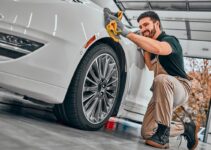Neglecting regular car maintenance can lead to serious issues down the line. Some tasks are easy to overlook but can cause significant and costly problems if ignored. Here are the most overlooked maintenance tasks that every car owner should pay attention to.
1. Checking Tire Pressure

Image Credit: Shutterstock / kozirsky
Maintaining proper tire pressure is crucial for safety and fuel efficiency. Underinflated tires can lead to blowouts and decreased gas mileage. According to the National Highway Traffic Safety Administration (NHTSA), underinflated tires contribute to 11,000 accidents annually. Check your tire pressure monthly and before long trips.
2. Changing the Engine Air Filter
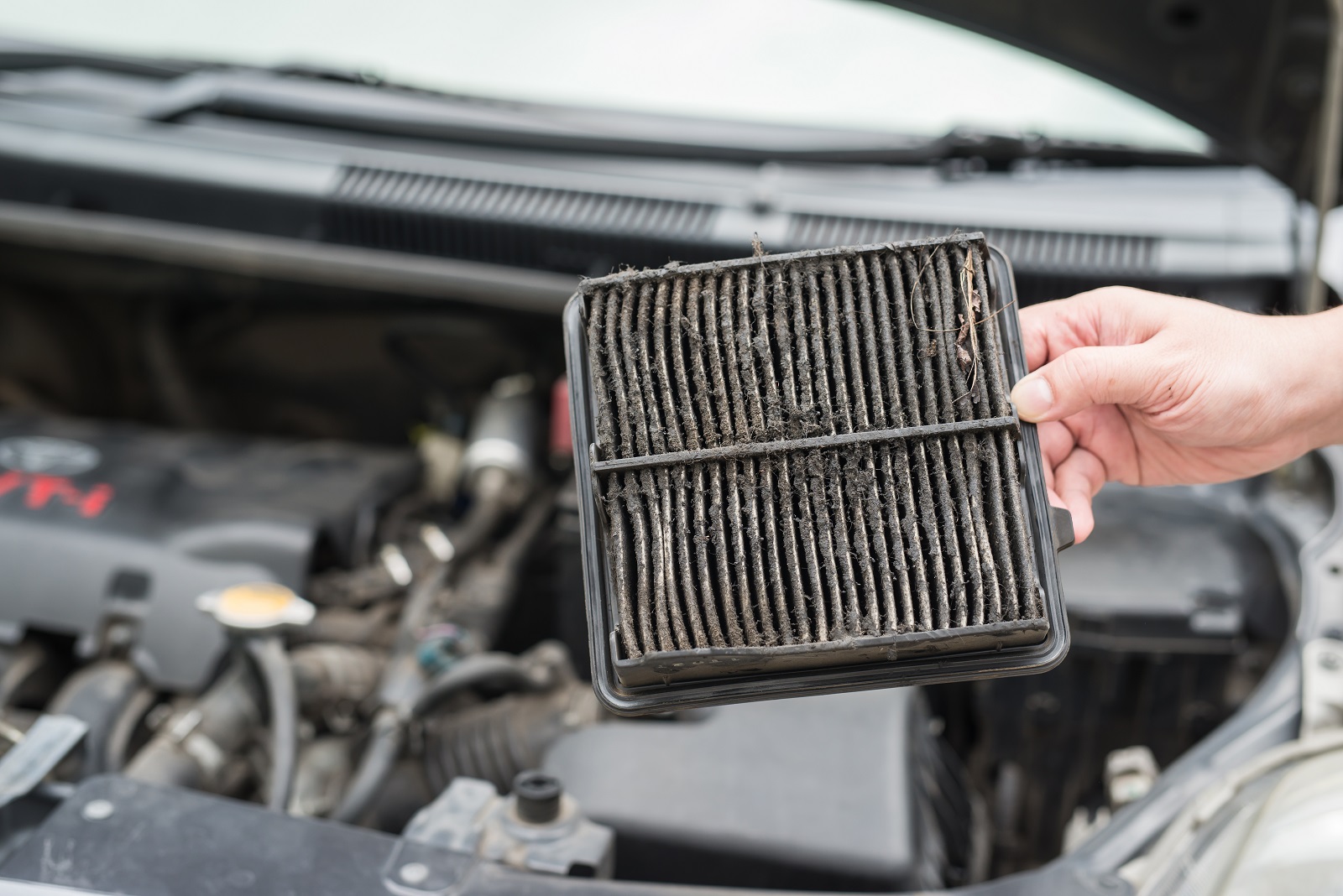
Image Credit: Shutterstock / ANURAK PONGPATIMET
A clogged engine air filter can reduce your car’s performance and fuel efficiency. It can also lead to engine damage over time. The Car Care Council recommends checking and replacing the air filter every 12,000 to 15,000 miles. Ignoring this task can lead to reduced horsepower and increased emissions.
3. Flushing the Coolant

Image Credit: Shutterstock / Setta Sornnoi
Coolant prevents your engine from overheating and protects against corrosion. Over time, it becomes less effective and can cause engine damage. The American Automobile Association (AAA) advises flushing the coolant every 30,000 miles. Failure to do so can result in overheating and costly repairs.
4. Replacing the Timing Belt
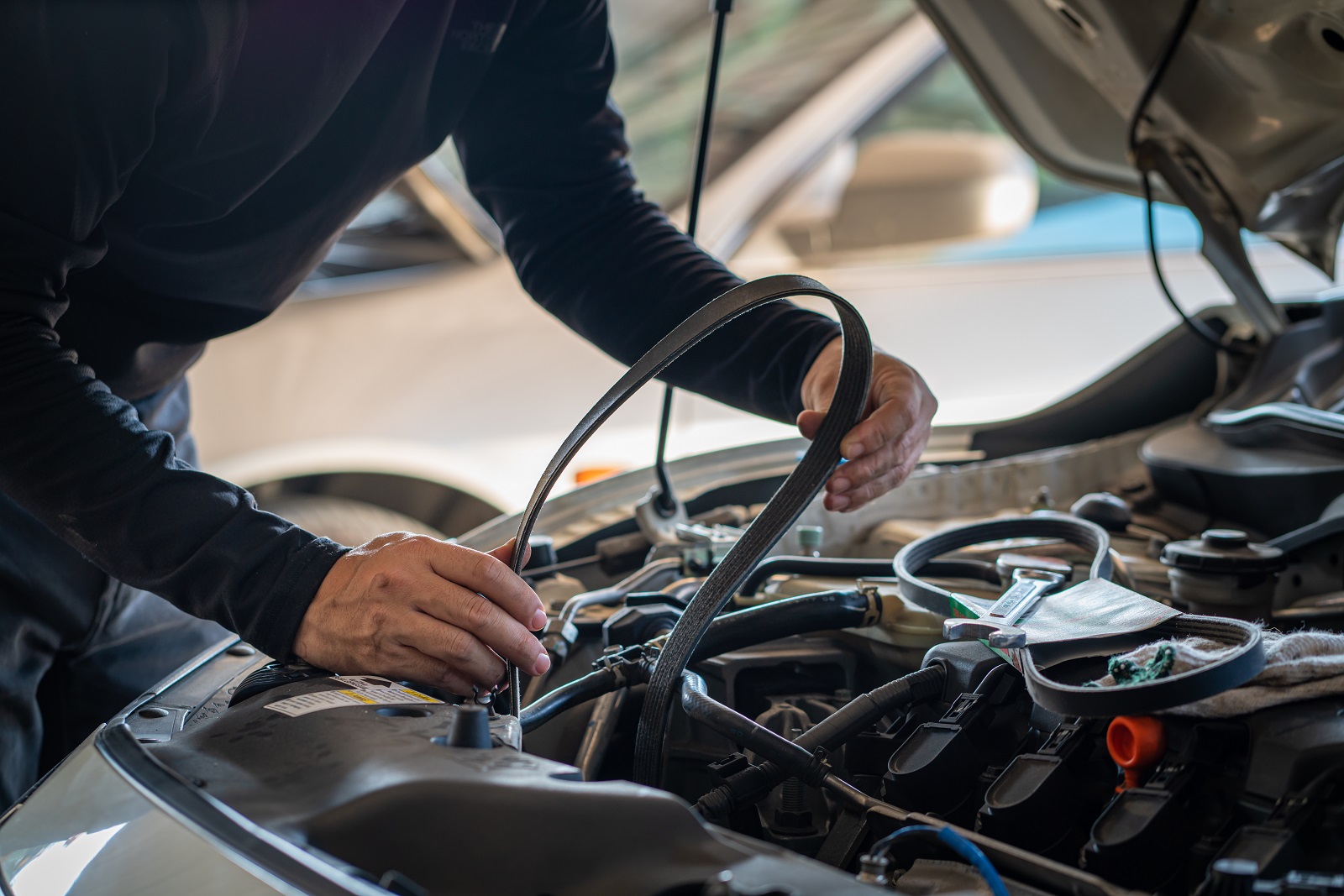
Image Credit: Shutterstock / kanemme6
A broken timing belt can cause severe engine damage, leading to expensive repairs. Many drivers overlook this crucial maintenance task. According to the Car Care Council, timing belts should be replaced every 60,000 to 100,000 miles. Neglecting this can lead to engine failure and significant repair costs.
5. Checking Brake Pads and Rotors
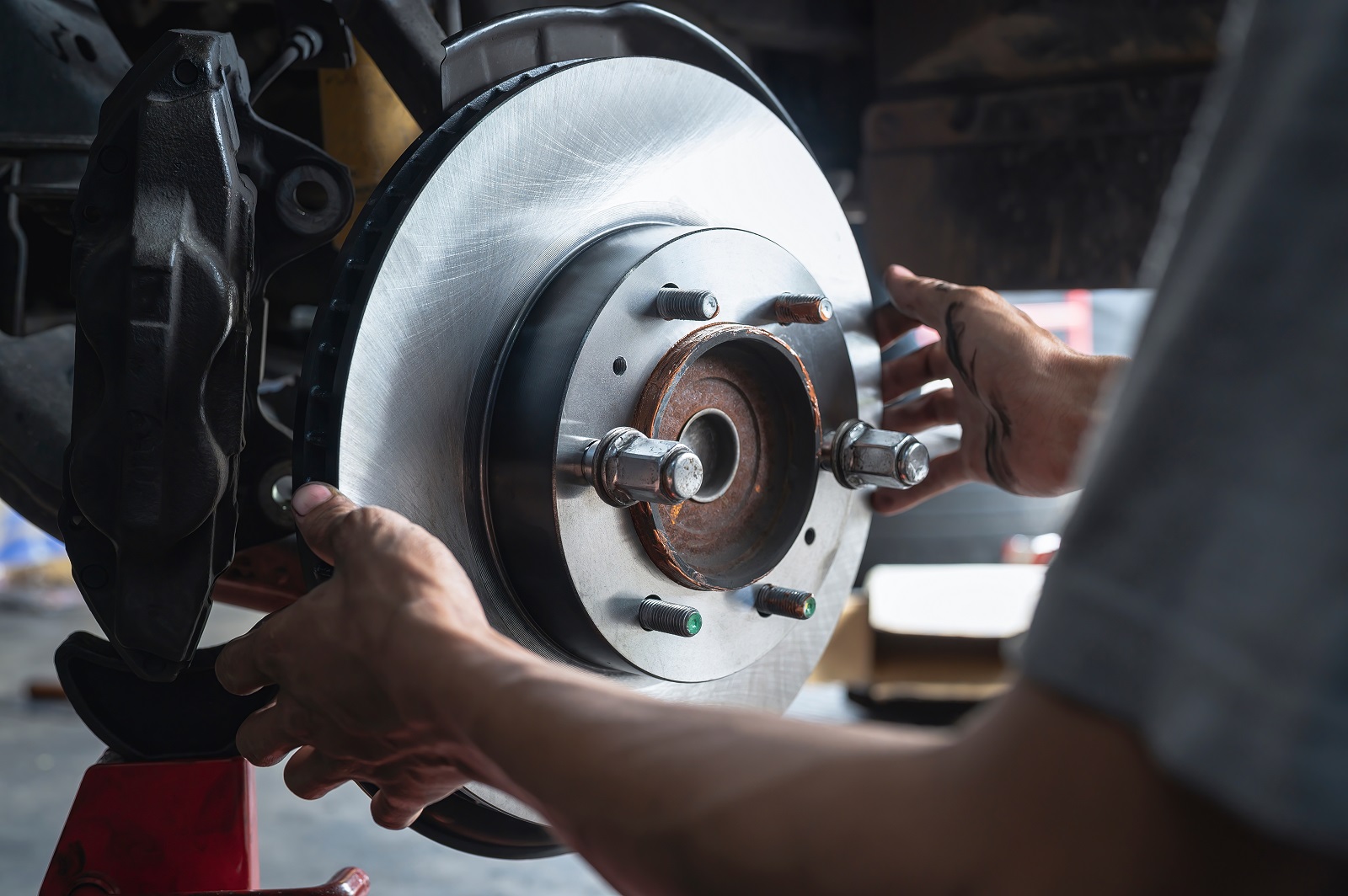
Image Credit: Shutterstock / Setta Sornnoi
Worn brake pads and rotors can reduce braking efficiency and increase stopping distances, leading to dangerous driving conditions. The NHTSA reports that faulty brakes contribute to 22% of car accidents. Inspect your brakes every 10,000 to 20,000 miles and replace them as needed to ensure safety.
6. Inspecting the Battery
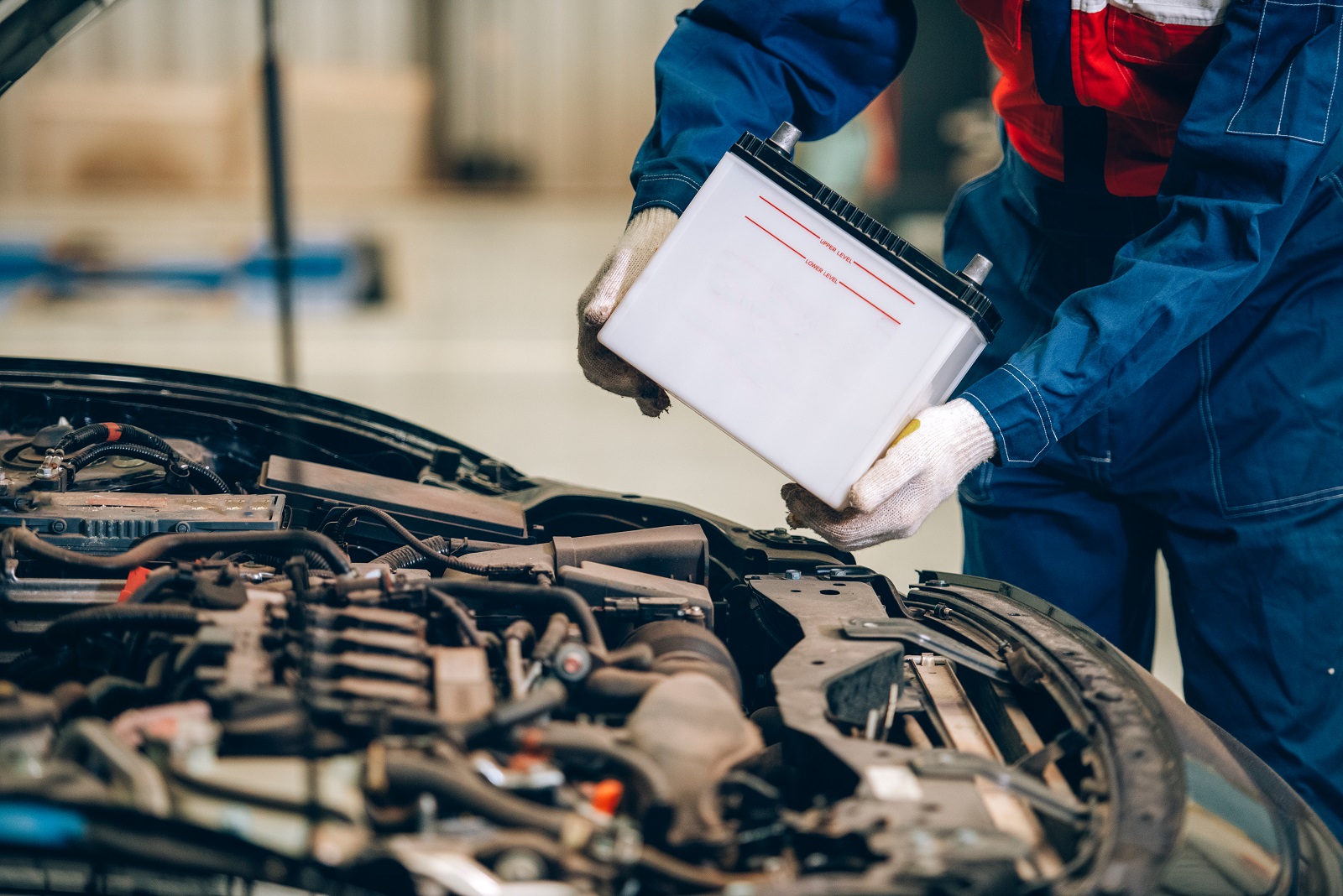
Image Credit: Shutterstock / Somchai_Stock
Car batteries typically last three to five years, but extreme temperatures and driving habits can shorten their lifespan. A weak battery can leave you stranded and damage your car’s electrical system. The AAA recommends testing your battery annually and replacing it if it’s weak or more than three years old.
7. Changing Transmission Fluid
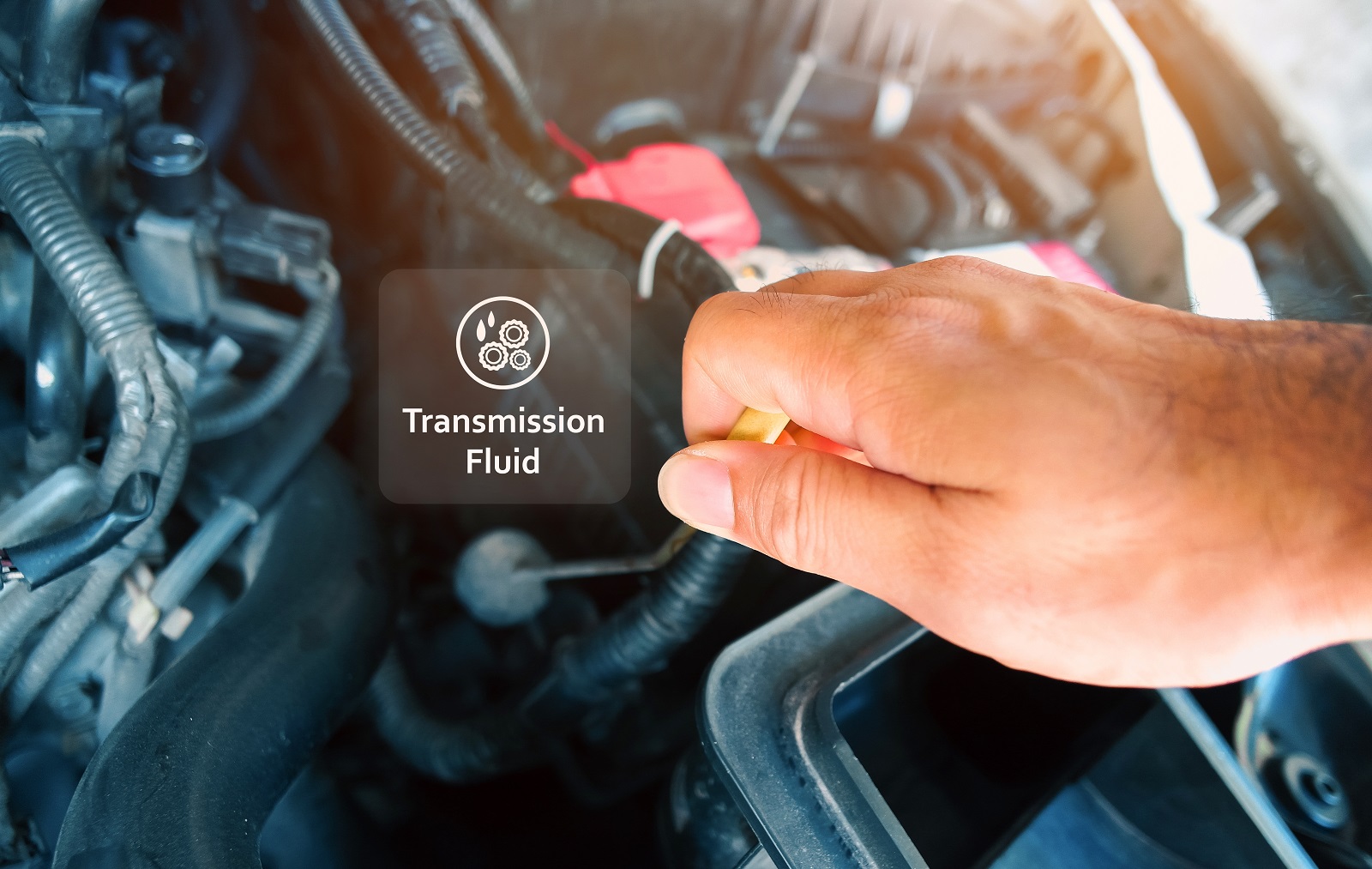
Image Credit: Shutterstock / BLKstudio
Old or dirty transmission fluid can cause shifting problems and damage the transmission. Many drivers forget to change it regularly. The Automatic Transmission Rebuilders Association (ATRA) suggests changing the transmission fluid every 30,000 to 60,000 miles. Ignoring this can lead to transmission failure and costly repairs.
8. Replacing Windshield Wipers

Image Credit: Shutterstock / SIRAVICH VETSOMPONG
Worn windshield wipers can impair visibility during rain or snow, increasing the risk of accidents. According to the NHTSA, poor visibility is a factor in 17% of car accidents. Replace your wipers every six months to ensure clear vision and safe driving.
9. Lubricating Door Hinges and Locks
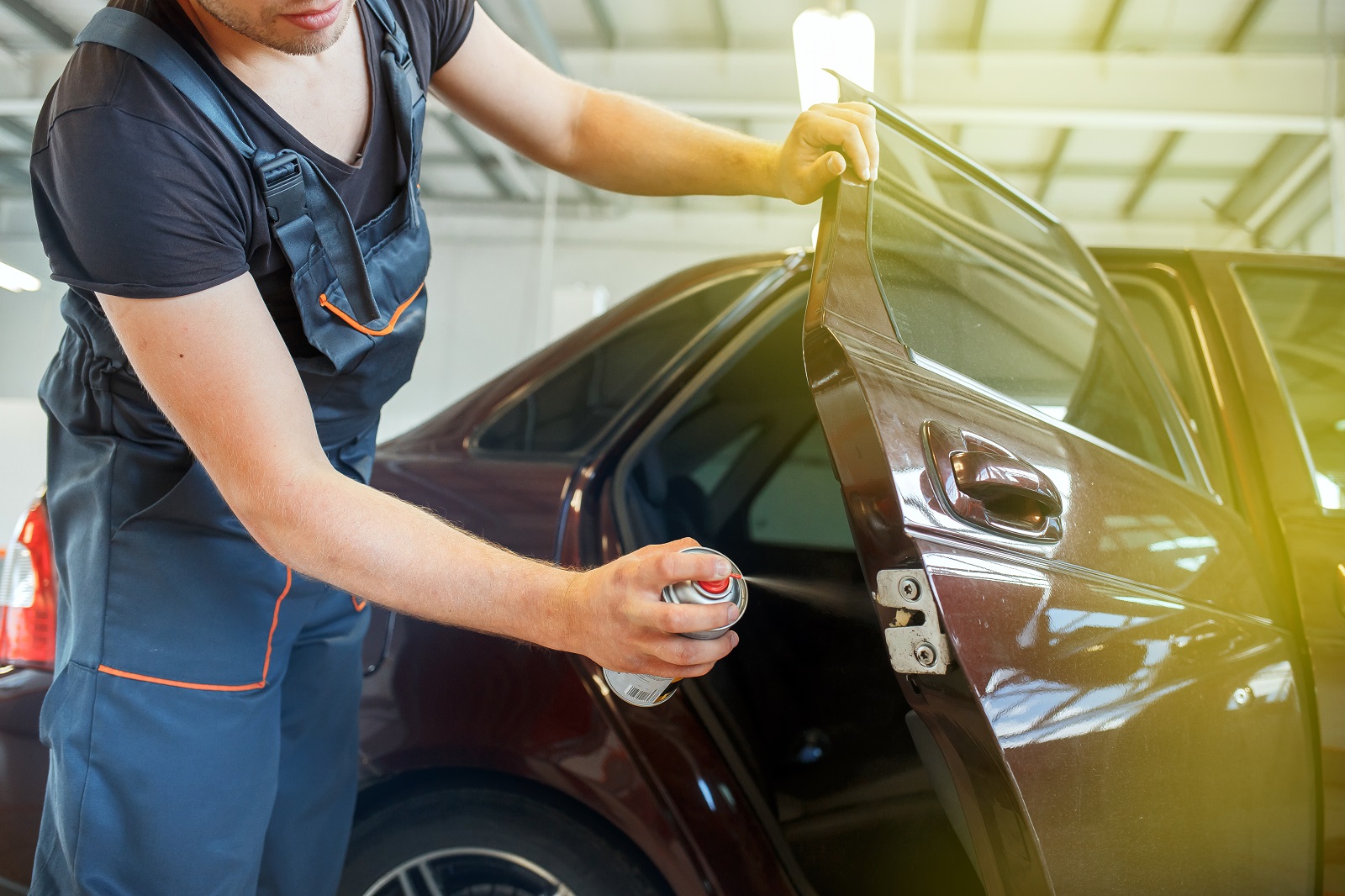
Image Credit: Shutterstock / Sergei_Salnikov
Dry and squeaky door hinges, and locks can lead to rust and malfunction. Regular lubrication ensures smooth operation and prevents wear. The Car Care Council advises lubricating hinges and locks annually to maintain their functionality and avoid costly repairs.
10. Checking and Replacing Cabin Air Filters
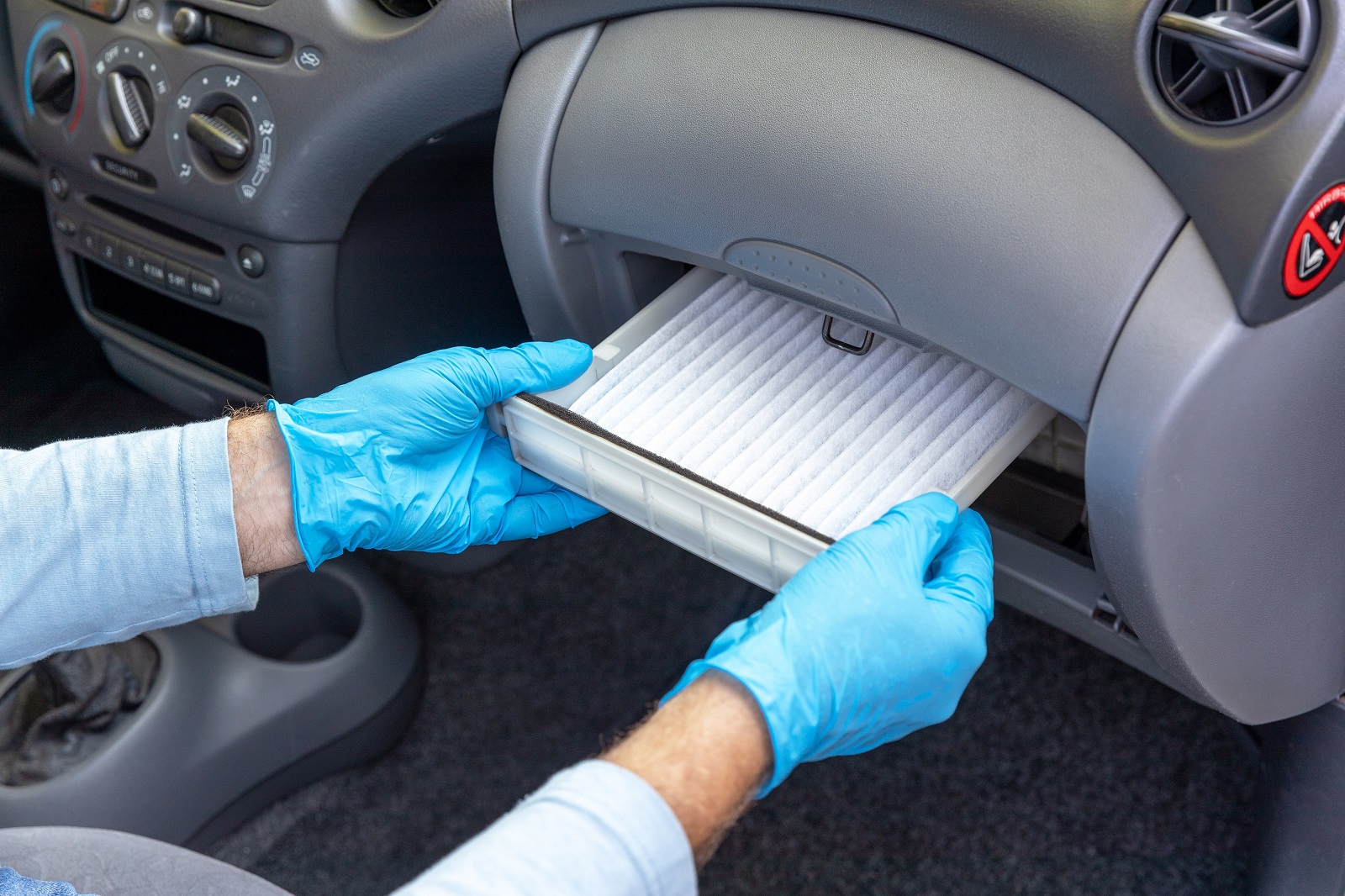
Image Credit: Shutterstock / wellphoto
Cabin air filters keep the air inside your car clean and free of pollutants. A clogged filter can reduce airflow and strain the HVAC system. The AAA recommends replacing the cabin air filter every 15,000 to 30,000 miles. Ignoring this task can lead to unpleasant odors and reduced air quality inside your vehicle.
11. Inspecting and Replacing Serpentine Belt
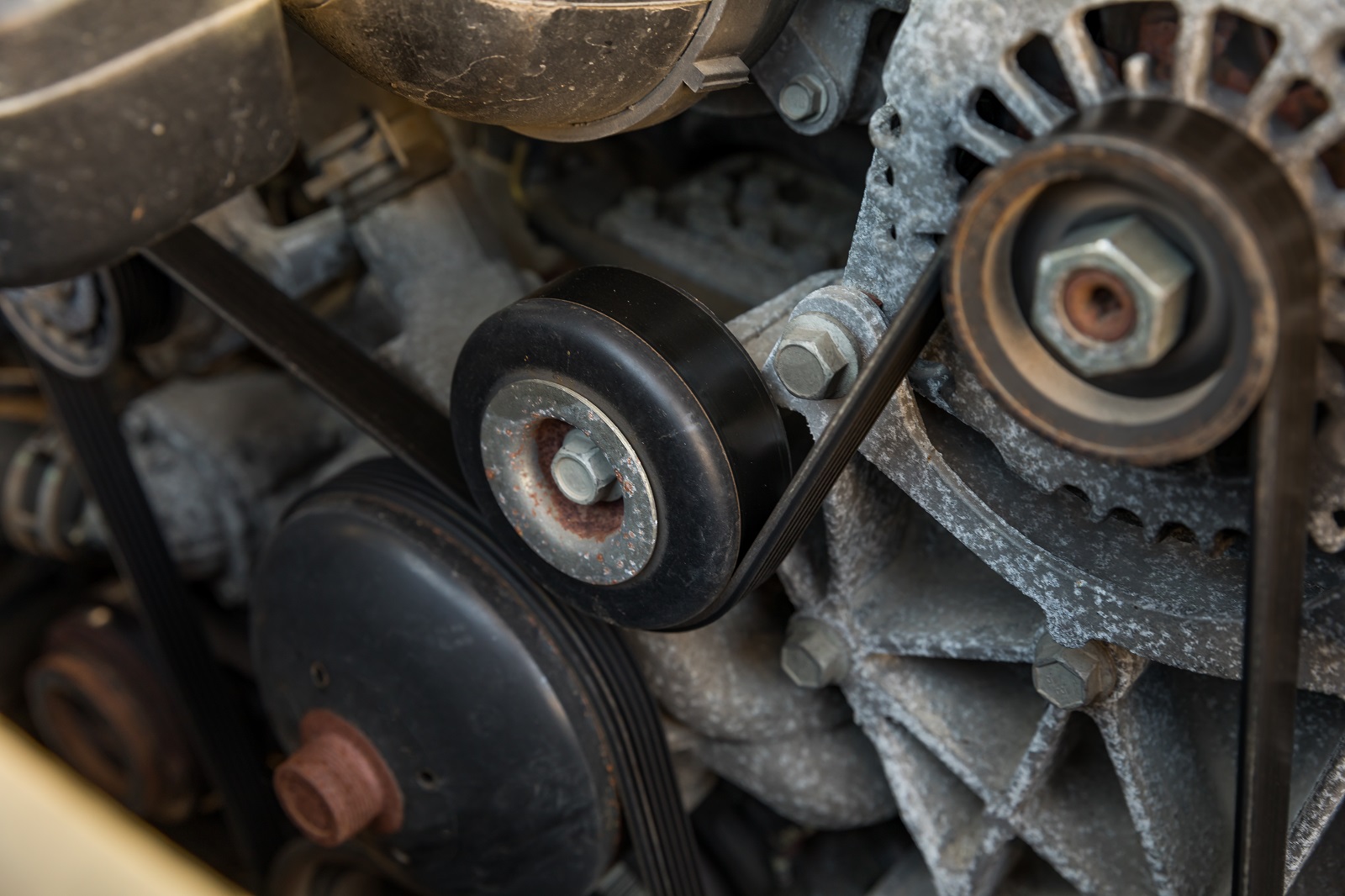
Image Credit: Shutterstock / J.J. Gouin
The serpentine belt powers various engine components like the alternator, power steering pump, and air conditioning compressor. A worn belt can lead to engine overheating and loss of power steering. Inspect the serpentine belt every 60,000 miles and replace it if it shows signs of wear.
12. Maintaining Proper Wheel Alignment
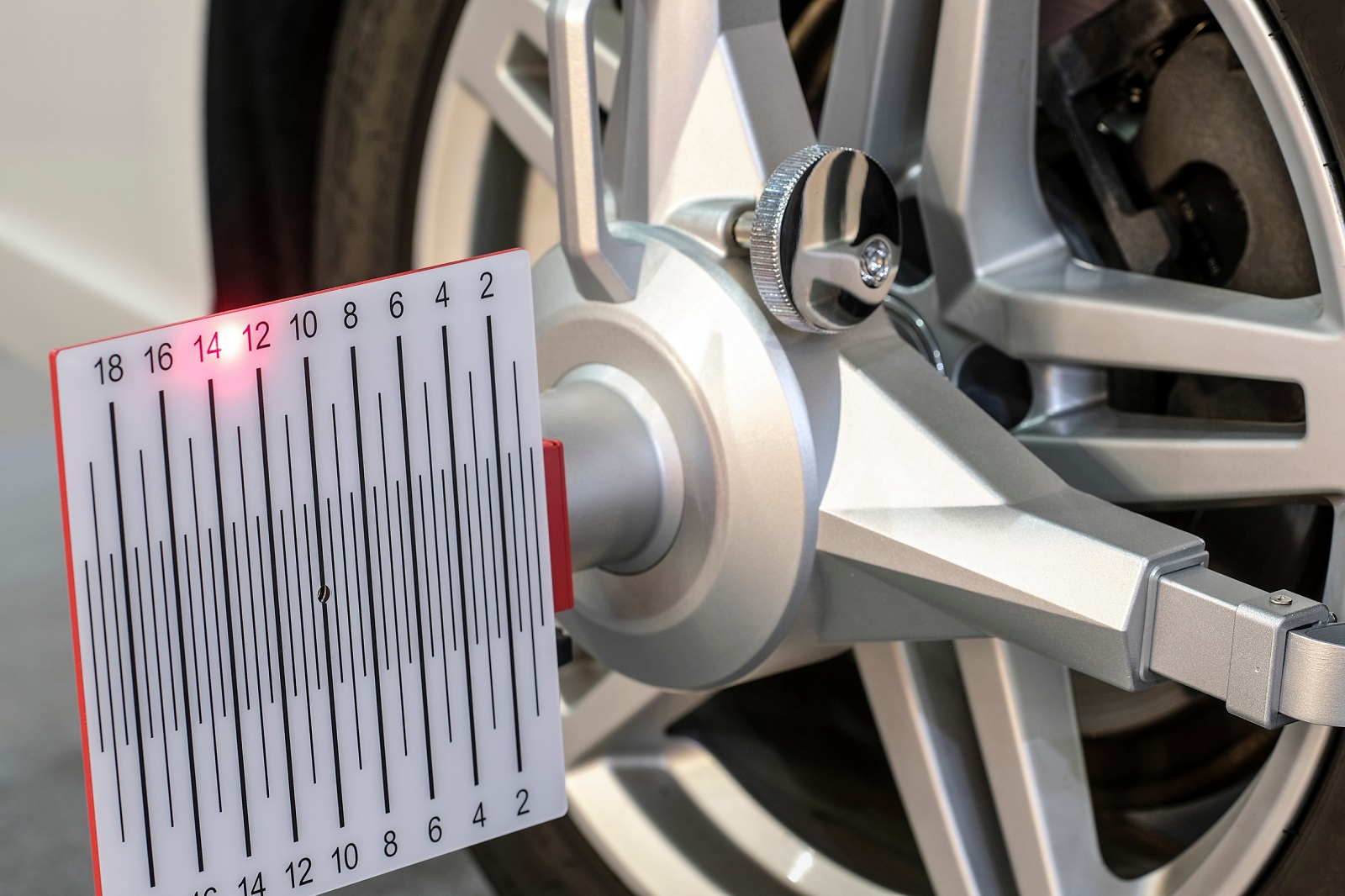
Image Credit: Shutterstock / Vereshchagin Dmitry
Misaligned wheels can cause uneven tire wear, poor handling, and reduced fuel efficiency. The NHTSA reports that misalignment contributes to a significant number of tire-related accidents. Check your wheel alignment annually or whenever you notice uneven tire wear or handling issues.
13. Cleaning Fuel Injectors
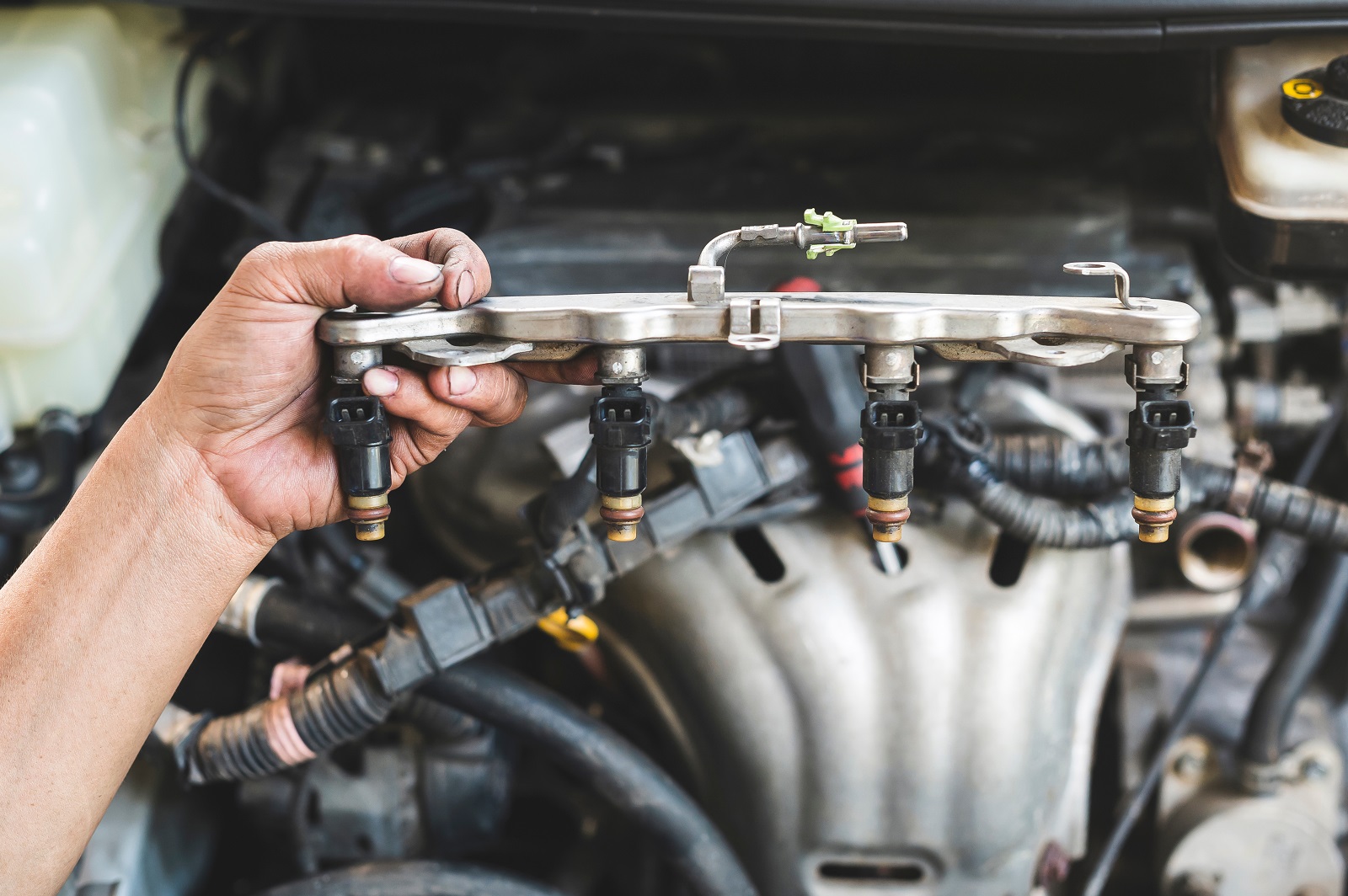
Image Credit: Shutterstock / Setta Sornnoi
Dirty fuel injectors can cause poor engine performance and reduced fuel efficiency. Regular cleaning ensures optimal engine operation. The Car Care Council recommends cleaning fuel injectors every 30,000 miles to prevent engine misfires and maintain fuel economy.
14. Inspecting Exhaust System

Image Credit: Shutterstock / Palitsyn Evgenii
A damaged exhaust system can lead to poor engine performance and harmful emissions. Regular inspections can identify issues early. The Environmental Protection Agency (EPA) advises inspecting the exhaust system annually to ensure it meets emission standards and functions properly.
15. Checking and Replacing Differential Fluid
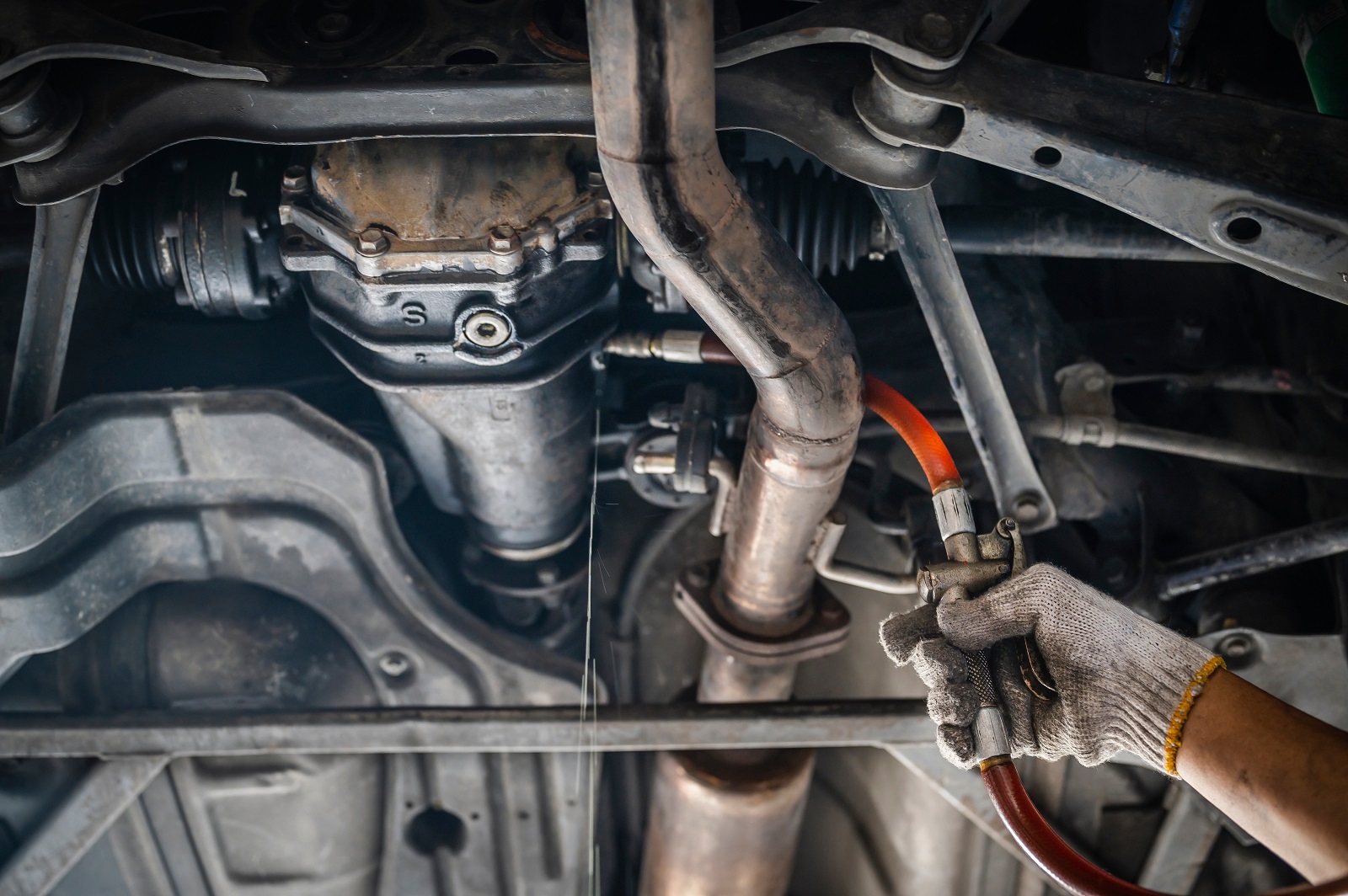
Image Credit: Shutterstock / Setta Sornnoi
The differential fluid lubricates the gears in the differential, which helps transfer power from the engine to the wheels. Old or dirty fluid can cause gear wear and failure. The ATRA suggests changing the differential fluid every 30,000 to 60,000 miles to avoid costly repairs and maintain smooth operation.
16. Inspecting Shock Absorbers and Struts
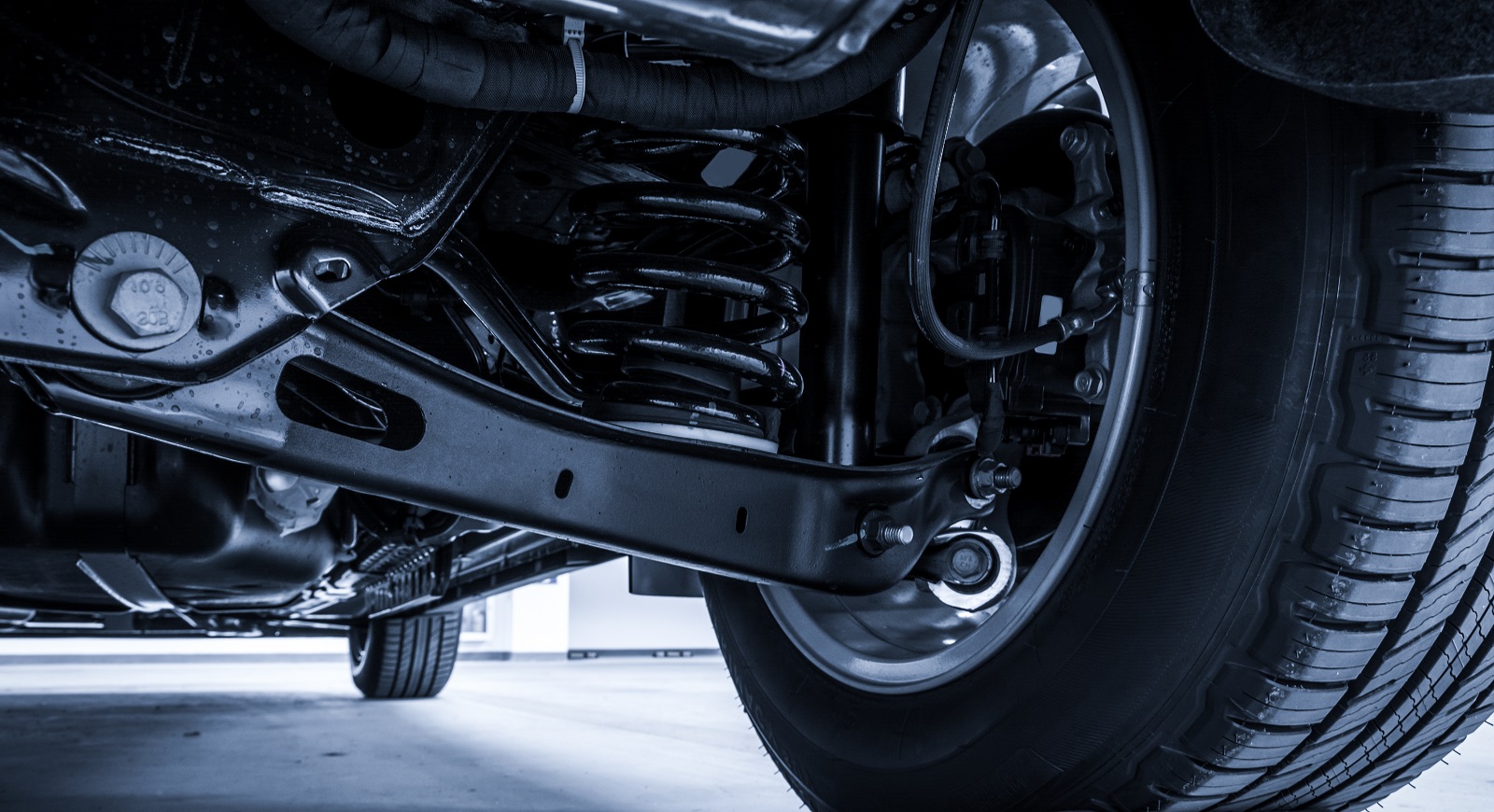
Image Credit: Shutterstock / John_T
Worn shock absorbers and struts can affect your car’s handling and braking performance. The AAA recommends inspecting them every 50,000 miles and replacing them if they are leaking or provide poor ride quality. Ignoring this can lead to reduced control and increased stopping distances.
17. Checking Power Steering Fluid
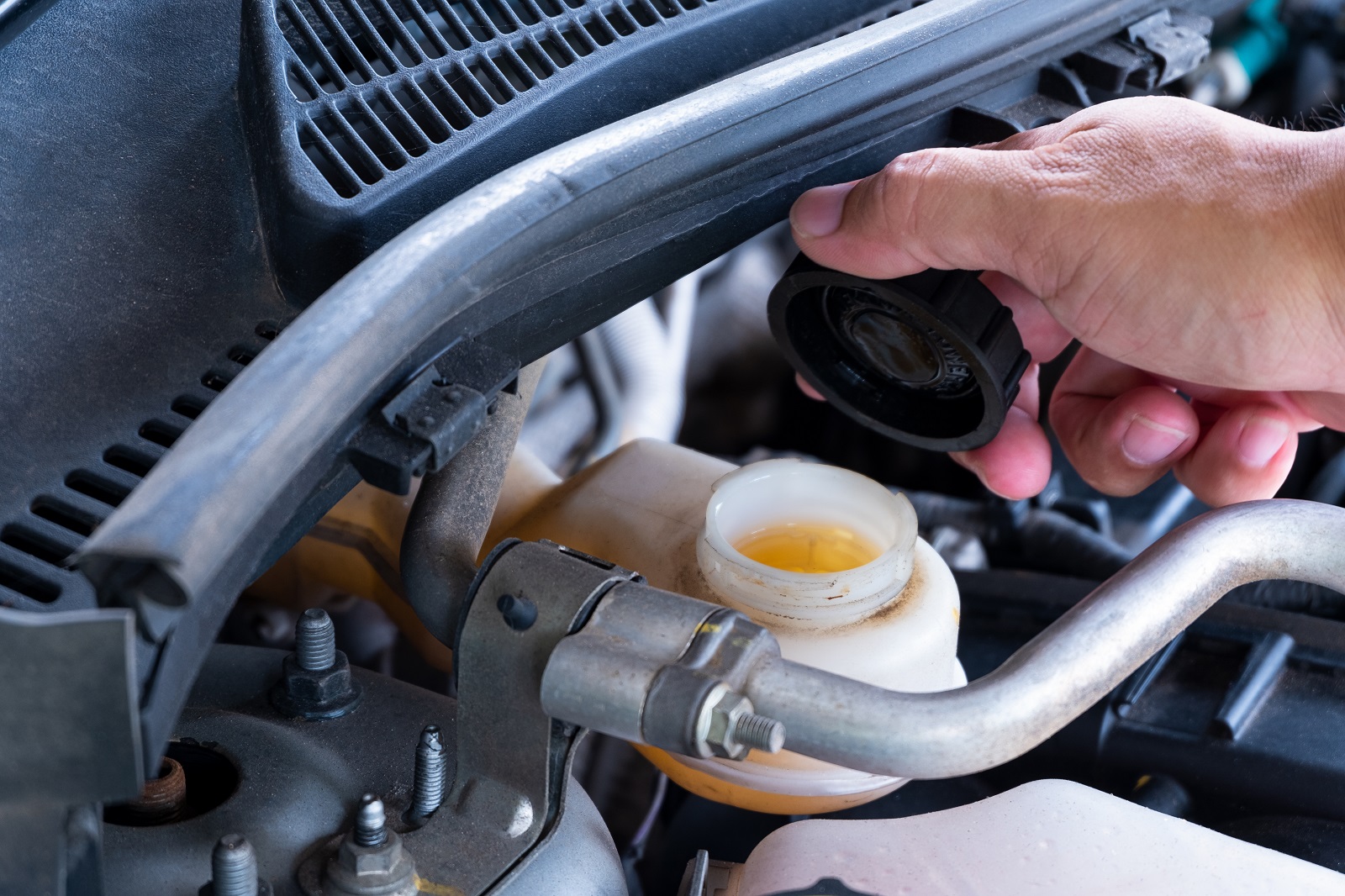
Image Credit: Shutterstock / Kritchai7752
Low or dirty power steering fluid can make steering difficult and damage the power steering pump. Regular checks and replacements ensure smooth steering operation. The Car Care Council advises checking the power steering fluid every 30,000 miles and topping it off or replacing it as needed.
18. Rotating Tires
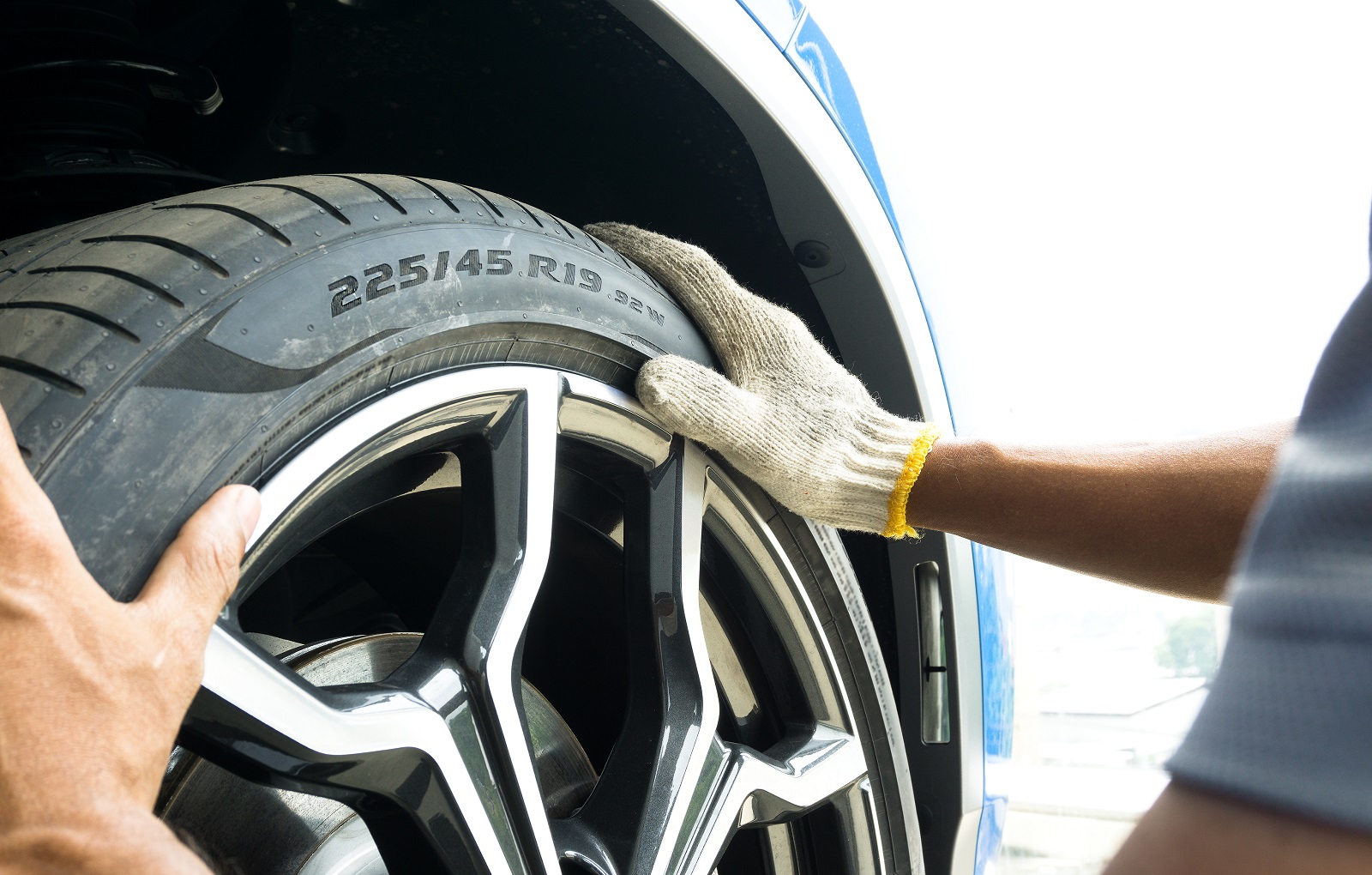
Image Credit: Shutterstock / Smile Fight
Regular tire rotation ensures even wear and extends tire life. The NHTSA states that uneven tire wear can lead to blowouts and loss of control. Rotate your tires every 6,000 to 8,000 miles to maintain even wear and optimal performance.
19. Inspecting and Replacing Spark Plugs
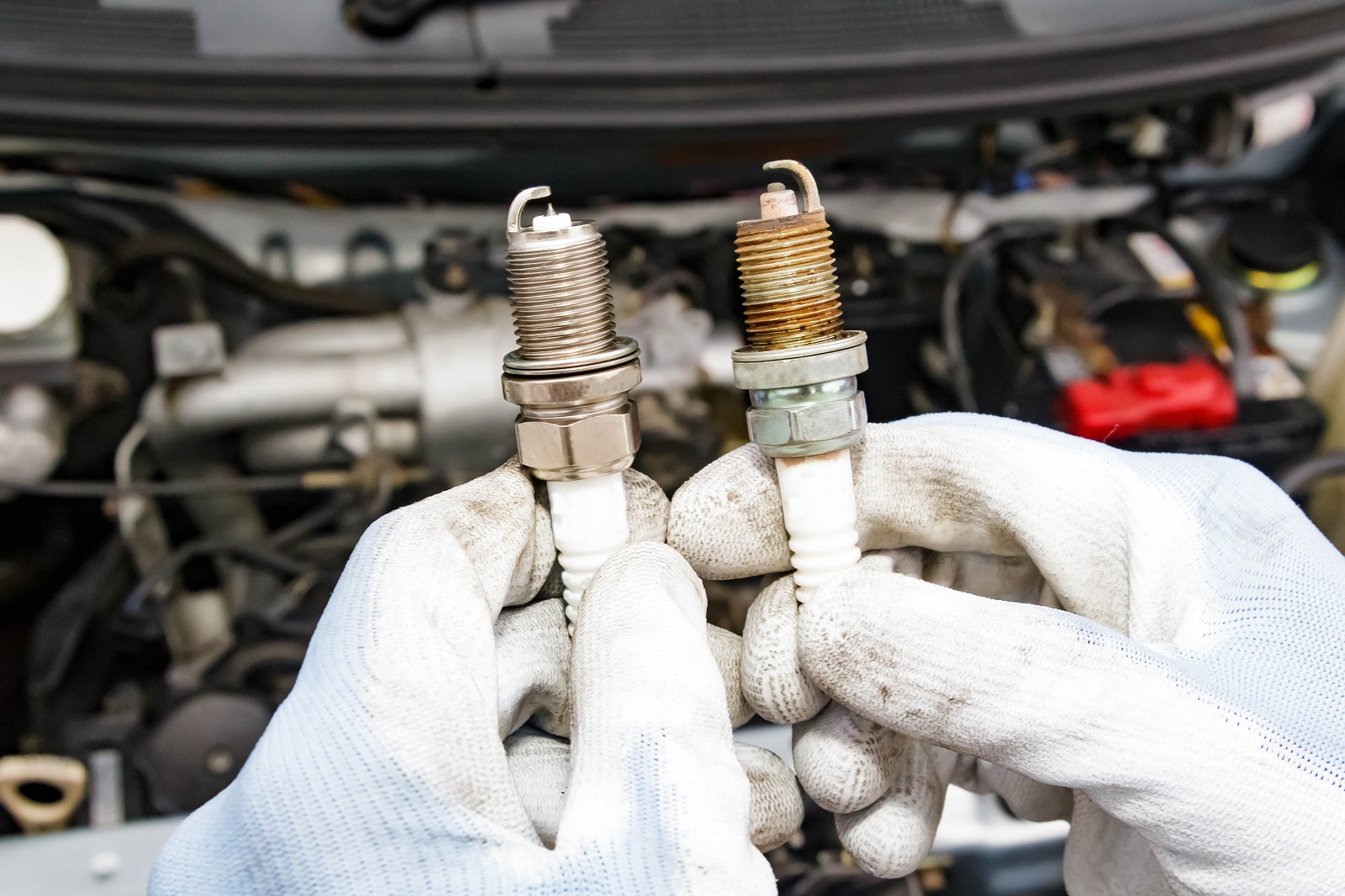
Image Credit: Shutterstock / stella_photo
Worn or dirty spark plugs can cause engine misfires and reduced fuel efficiency. Inspecting and replacing them ensures smooth engine operation. The AAA recommends checking spark plugs every 30,000 miles and replacing them as needed to maintain engine performance.
20. Checking and Replacing Belts and Hoses
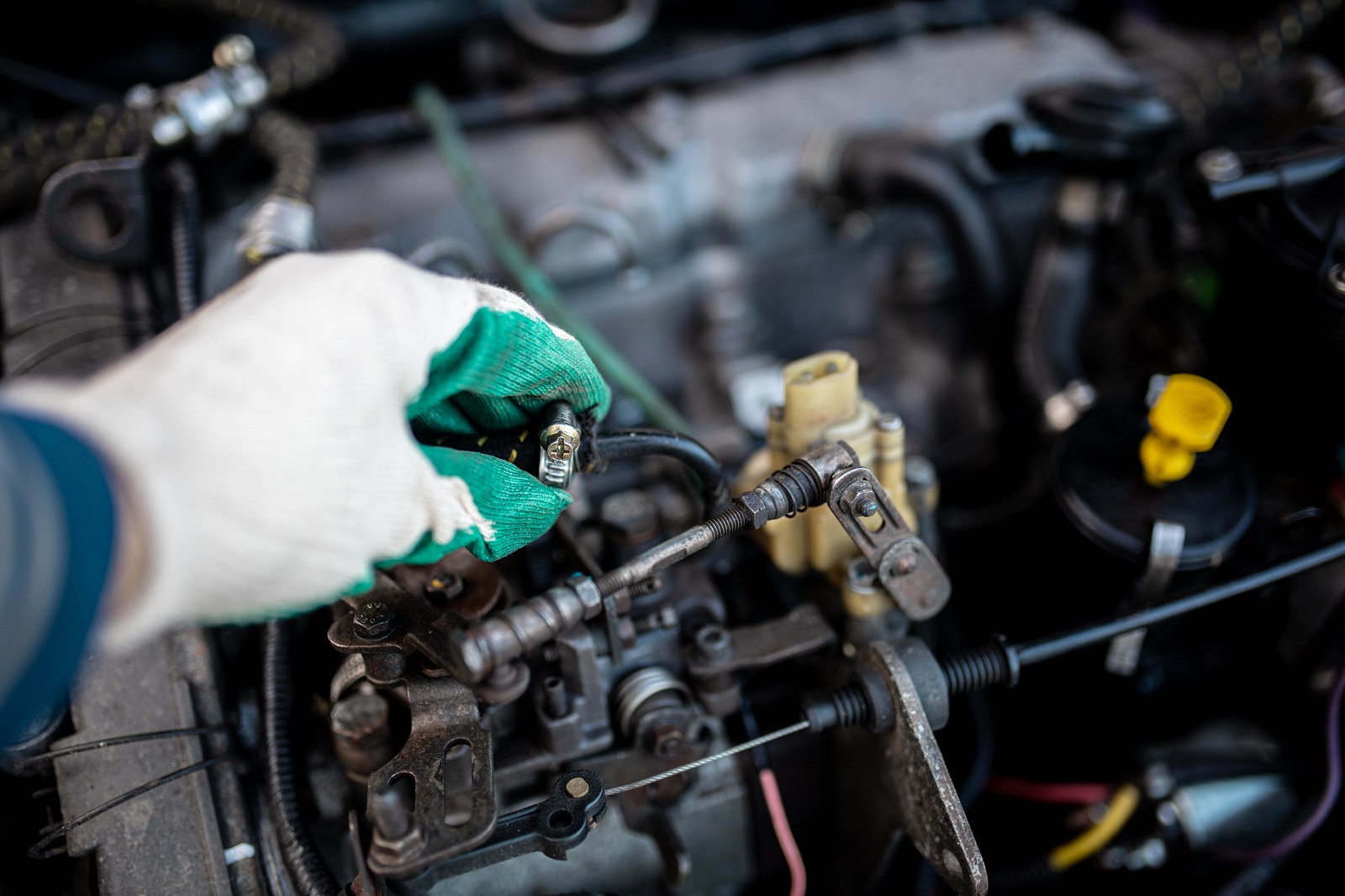
Image Credit: Shutterstock / Velimir Zeland
Cracked or worn belts and hoses can lead to engine overheating and breakdowns. Regular inspections help identify issues before they cause major problems. The Car Care Council suggests inspecting belts and hoses every 30,000 miles and replacing them if they show signs of wear or damage.
Stay Proactive, Stay Safe
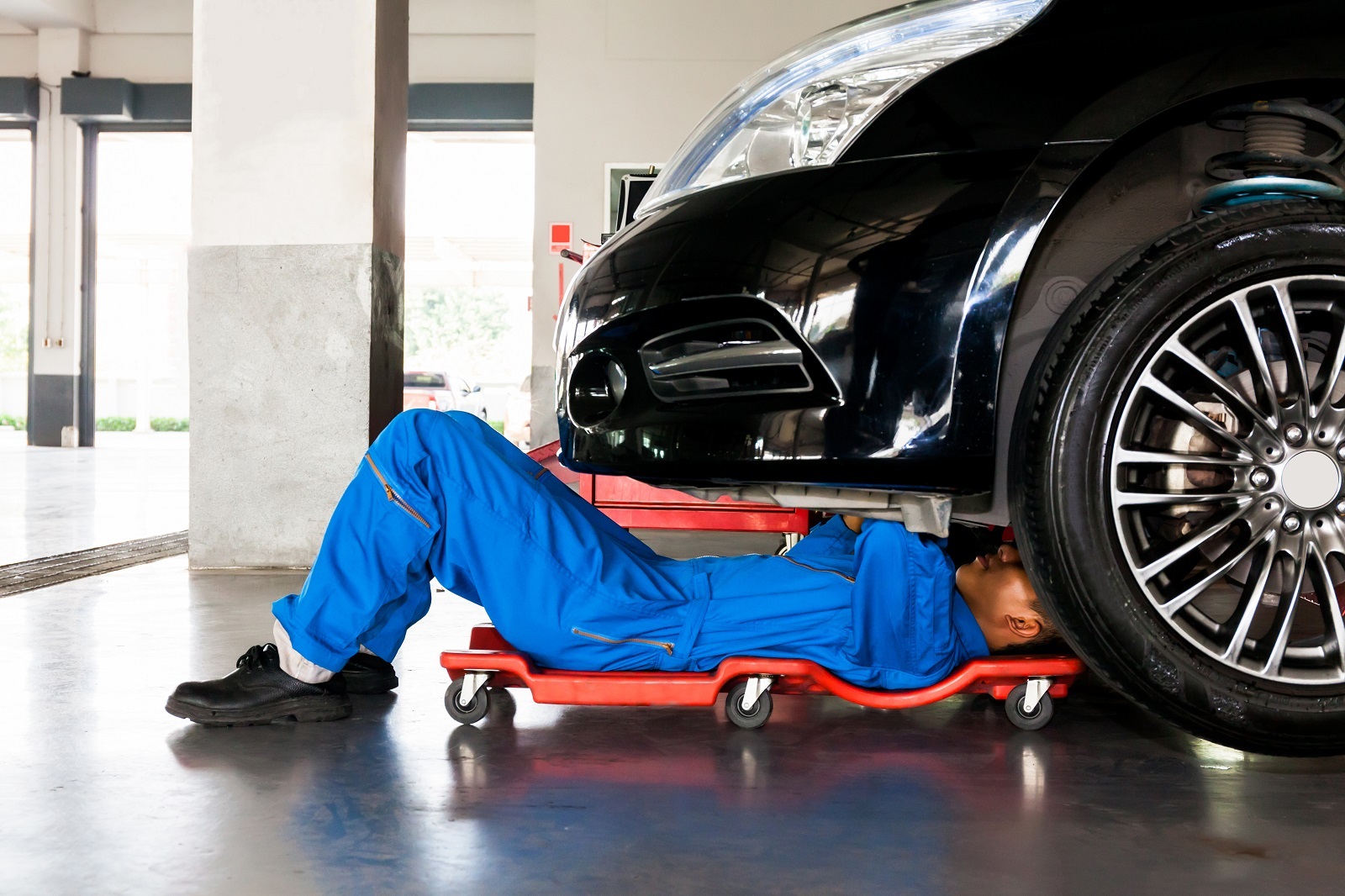
Image Credit: Shutterstock / Twinsterphoto
Regular maintenance is key to keeping your vehicle running smoothly and safely. By staying on top of these often-overlooked tasks, you can avoid costly repairs and ensure your car performs at its best. Make a habit of checking and maintaining these components to keep your vehicle in top condition.
Police Magnet: 7 Cars That Guarantee You’ll Get Pulled Over
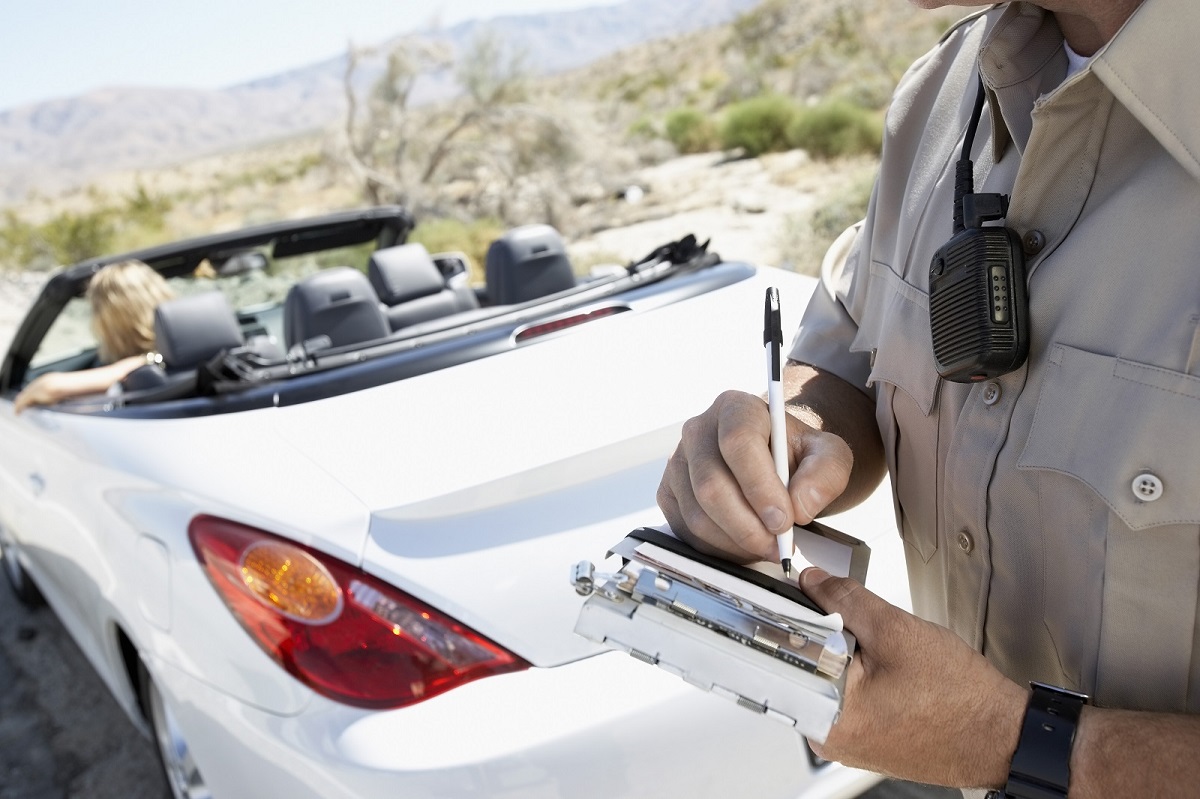
Image Credit: Shutterstock / sirtravelalot
Driving certain cars can make you more noticeable to law enforcement, even if you’re abiding by all the rules. Are you driving one of these “police magnets”? Here are seven cars that seem to attract more police attention than others. Police Magnet: 7 Cars That Guarantee You’ll Get Pulled Over
The Classic Cars That Were Total Clunkers
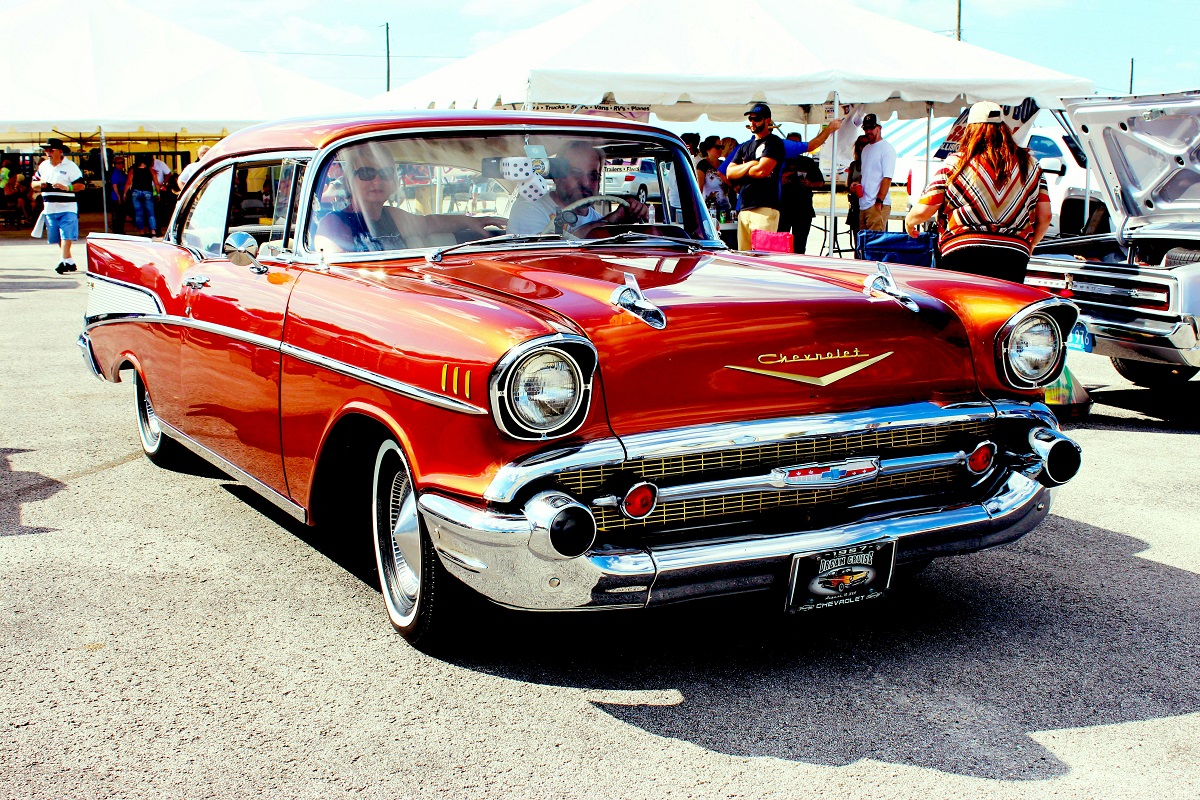
Image Credit: Pexels / Pixabay
Nostalgia has a funny way of making the past seem better than it was, especially when it comes to cars. But here’s the hard truth: some of those “classic” cars your dad raves about were real clunkers. Here’s a closer look at why some of those so-called “classics” weren’t all they were cracked up to be. The Classic Cars That Were Total Clunkers
The Worst U.S. Cars Ever Made: A Retro List
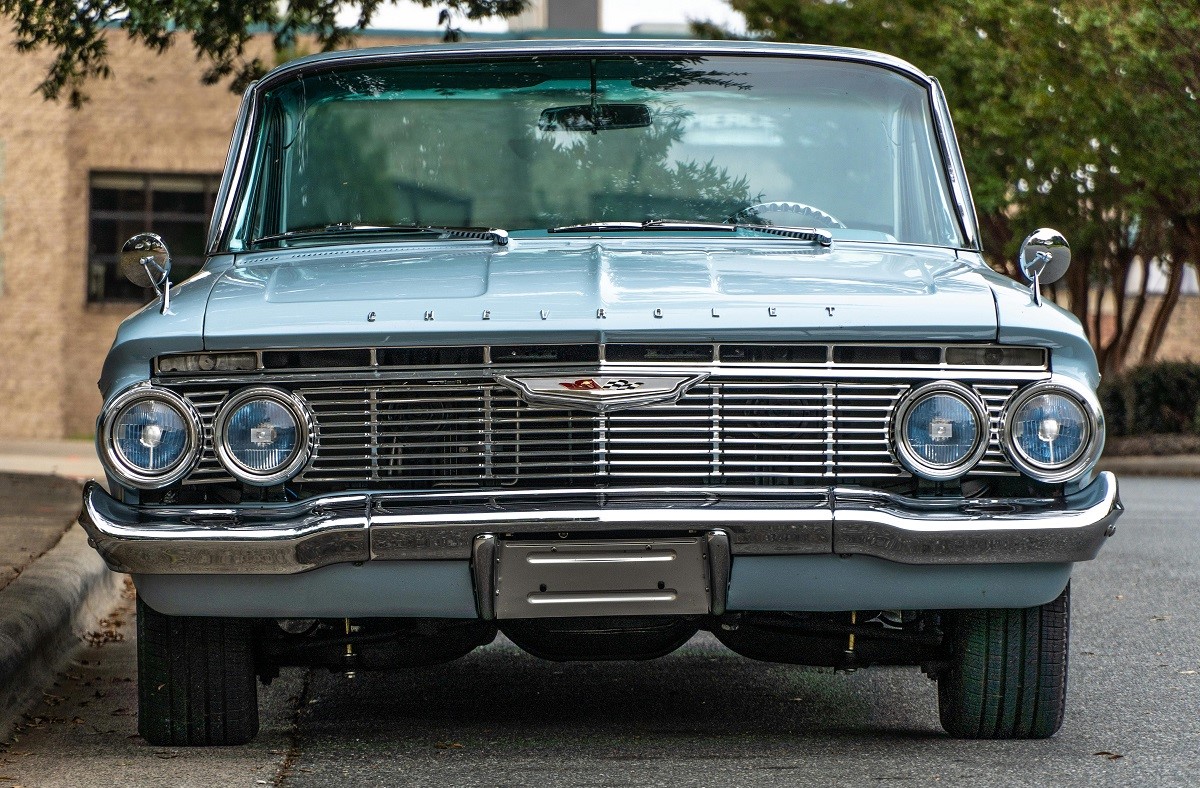
Image Credit: Pexels / Be The Observer
The U.S. auto industry has produced some incredible vehicles, but not every model was a hit. Here’s a look back at 16 of the worst cars ever made in the U.S., each infamous for its own unique flaws. The Worst U.S. Cars Ever Made: A Retro List
Featured Image Credit: Pexels / cottonbro studio.
For transparency, this content was partly developed with AI assistance and carefully curated by an experienced editor to be informative and ensure accuracy.
The images used are for illustrative purposes only and may not represent the actual people or places mentioned in the article.



